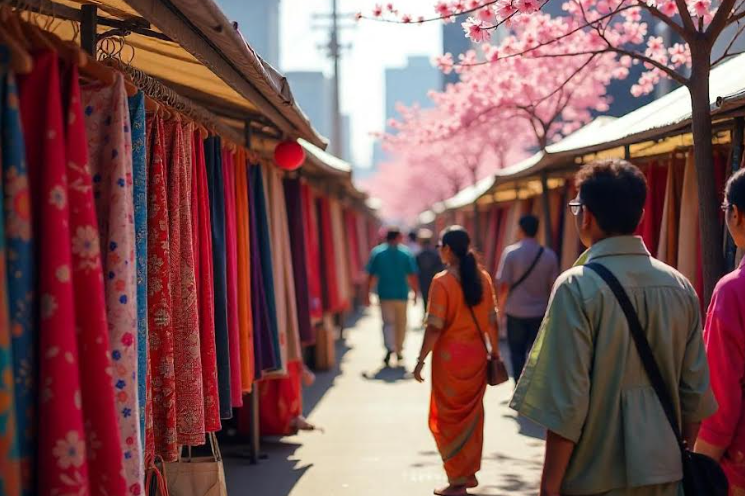The Apparel Export Promotion Council (AEPC) has highlighted major opportunities for collaboration between Indian and Japanese textile firms, noting that companies from Japan are eager to invest in India’s apparel sector. This follows a series of business meetings during the India Tex Trend Fair (ITTF) held in Tokyo.
Key Meetings with Japanese Apparel Giants
AEPC Chairman Sudhir Sekhri shared that the Indian delegation held discussions with top Japanese brands including Uniqlo, Adastria, Toray, Itokin, Broque Japan, Daiso, YKK, and Pegasus. The council encouraged these companies to increase sourcing from India and consider direct investments.

Commitment to Japanese Quality Standards
Sekhri assured that Indian manufacturers are ready to meet Japan’s high-quality norms, especially in areas like man-made fibre (MMF) products. He invited Japanese businesses to engage with Indian exporters and explore potential partnerships, emphasizing India’s strength, reliability, and flexibility as a sourcing hub.
Support from Government and Industry Bodies
The ITTF fair in Tokyo was inaugurated by India’s Textiles Minister Giriraj Singh. It is a key event organized in coordination with the Embassy of India, Ministry of Textiles, AEPC, and the Japan India Industry Promotion Association (JIIPA). The Indian government is actively supporting the sector through initiatives like the seven PM MITRA Parks aimed at boosting domestic textile manufacturing.
India’s Export Potential to Japan
AEPC sees a “golden opportunity” for India to grow its garment exports to Japan, leveraging factors like duty-free access, sustainability credentials, and a flexible manufacturing ecosystem. However, it emphasized the need to improve on MMF quality, simplify trade processes, and align with Japanese compliance standards to capture a greater share of Japan’s USD 35 billion apparel import market.
Current Trade Scenario and Growth Gap
In 2024, India exported garments worth USD 234.5 million to Japan, while Japan’s total apparel imports stood at USD 23 billion. India’s share remains just one per cent, pointing to a significant untapped market that can be accessed through stronger bilateral collaboration.
